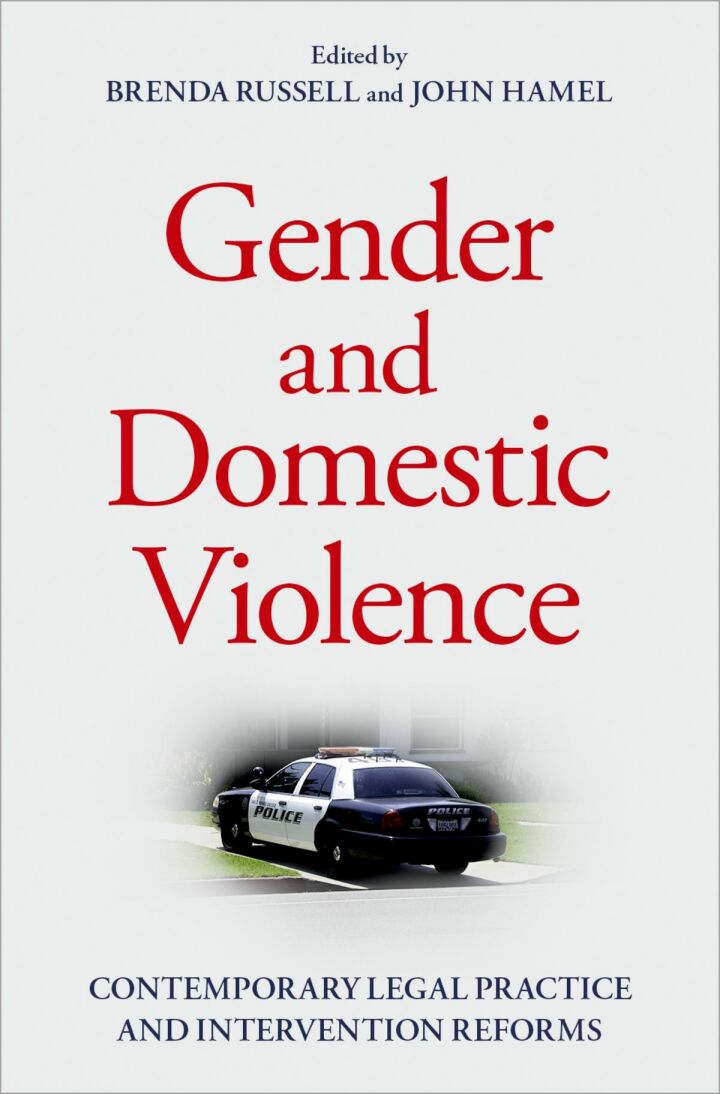Gender and Domestic Violence Contemporary Legal Practice and Intervention Reforms
$27.62
Attention: This is just ebook, Access Codes or any other Supplements excluded! / File Delivery: Sent Via Email within 24 hours!
SKU: 4a0fc2e09405
Category: Law Textbooks
Description
-
Author(s)Brenda Russell, John Hamel
-
PublisherOxford University Press
-
FormatPDF
-
Print ISBN
9780197564028, 019756402X -
eText ISBN
9780197564028, 019756402X -
Edition2022
-
Copyright
- Details
Over the past 40 years, considerable progress has been made in lowering rates of domestic violence in our communities. This progress has been uneven, however, due to continuing misconceptions about the causes and dynamics of domestic violence, which include an exaggerated focus on males as perpetrators and females as victims, as well as a heavy-handed law enforcement response that compromises the rights of criminal defendants without necessarily reducing violence.Gender and Domestic Violence presents empirical research findings and reform recommendations for prosecutors, criminal defense attorneys, policy makers and intervention providers with the aim of rectifying shortcomings in legal and law enforcement responses to domestic violence. The volume’s editors and chapter authors confront the notion that certain beliefs shared among victim advocates, legal actors, and other stakeholders — principally that domestic violence is bound by gender, and is primarily a crime against women — have led to the use of ineffective and potentially harmful one-size-fits-all intervention policies that can jeopardize defendant due process and victim safety. Domestic violence experts, legal scholars, and practicing attorneys present how gendered aspects of domestic violence affect legal decision-making and practice and provide strategies for becoming more inclusive in the adjudicative process, intervention/prevention, and practice. Gender and Domestic Violence: Contemporary Legal Practice and Intervention Reforms provides the foundation from which we can begin to move beyond the gender paradigm by recognizing disparities and applying tools that improve research, policing, and practice, allowing us to progress toward eradicating domestic violence, and to move closer to equality.
Related products
-

Atrocity Speech Law Foundation, Fragmentation, Fruition
Rated 0 out of 5$43.88 Add to cart -

A Theory of Global Governance Authority, Legitimacy, and Contestation
Rated 0 out of 5$12.35 Add to cart -

Anti-Discrimination Law in Civil Law Jurisdictions 1st Edition
Rated 0 out of 5$43.88 Add to cart -

Atiyah’s Introduction to the Law of Contract 6th Edition
Rated 0 out of 5$30.88 Add to cart

